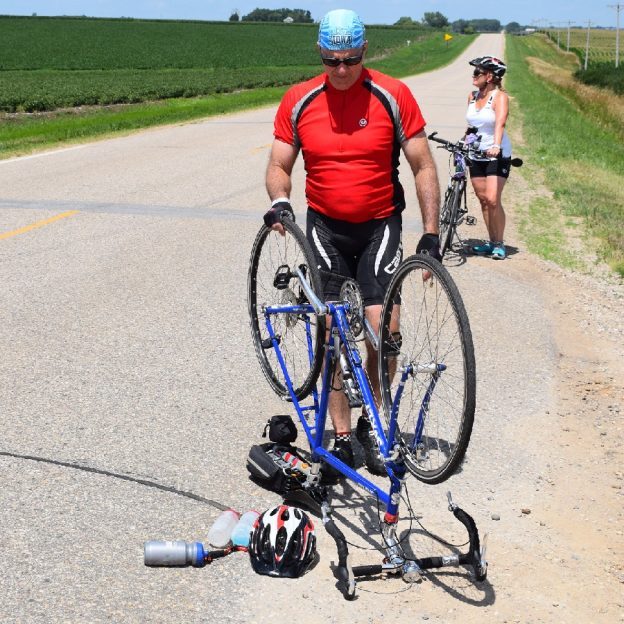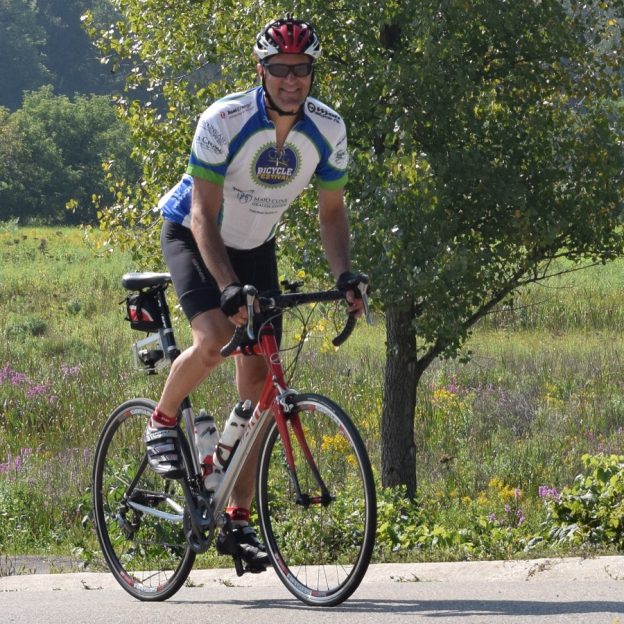Tag: how to
-

Tips and tricks for setting up your tubeless tires on your bike
Tubeless tires are one of the best upgrades you can make to your bike. They are more resistant to flats, ride better, and are lighter. With all their benefits, the fear of setting them up keeps many riders from enjoying the tubeless world. If you are still refusing to take the leap for fear of…
-

A simple look at your bikes disc brakes function and maintenance
Disc brakes were introduced on bikes as early as the 1950’s with Shimano making an actual hydraulic disc in the mid 1970’s. There were even versions of the timeless Schwinn Stingray series released in 1971 that came stock with a rear disc brake. You need to fast forward more than 25 years before the first…
-

Learn How to Care for Your Bike Tires for a Comfortable and Safe Ride
Tires are often overlooked but wildly important in the safety and security of your next bike ride. Learning how to inflate your bike tires properly, review their condition, and fix flat tires is something every rider should know.


